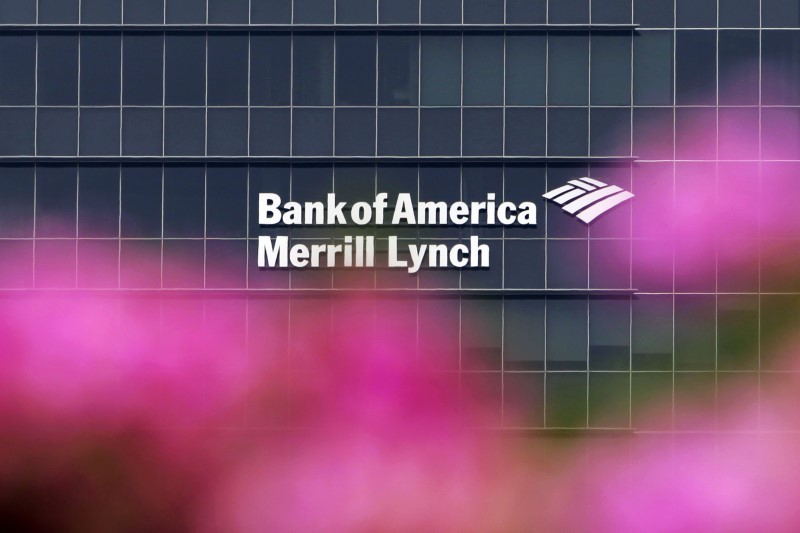This post was originally published on this site
https://i-invdn-com.investing.com/trkd-images/LYNXMPEJ6H0CT_L.jpg
The bank reported a 7% rise in investment banking fees to $1.2 billion. That contrasts with peers whose earnings suffered from a dealmaking drought that has persisted for months.
Some industry executives held out hope, saying they had seen early signs of recovery in parts of those businesses.
JPMorgan Chase (NYSE:JPM)’s chief financial officer, Jeremy Barnum, highlighted “green shoots” in trading and investment banking in the bank’s earnings last week, but said it was too early to call a trend.
BofA shares rose nearly 1% in premarket trading after the results. The stock is down more than 11% so far this year, through the previous close.
The lender, alongside rivals JPMorgan Chase and Wells Fargo (NYSE:WFC), earned a windfall from charging clients higher interest rates as the Federal Reserve raised borrowing costs to rein in stubborn inflation. BofA’s net interest income (NII) rose 14% to $14.2 billion in the second quarter. “We continue to see a healthy U.S. economy that is growing at a slower pace, with a resilient job market,” CEO Brian Moynihan said in a statement, echoing comments from his peers.
The financial health of consumers underpins BofA’s consumer banking unit, whose revenue rose 15% to $10.5 billion.
However, banks are grappling with stress in their commercial real estate lending businesses, particularly office loan portfolios, which are taking a hit from higher financing costs and a permanent shift towards remote work.
To account for a gloomy backdrop, provision for credit losses rose $602 million to $1.1 billion in the quarter.
Deposits at U.S. banks have become a focus for analysts and investors in recent months after regional bank failures in March prompted the biggest bout of banking turmoil since the 2008 financial crisis.
Average deposit balances fell $18 billion, or 1%, from the prior quarter to $1.9 trillion.
Net income applicable to common shareholders rose to $7.10 billion, or 88 cents per diluted share, for the three months ended June 30, compared with $5.93 billion, or 73 cents per diluted share, a year earlier, the second-largest U.S. bank reported on Tuesday.


